Home>Storage Ideas>Bathroom Storage>Can You Paint Bathroom Countertops? Pro Painters Explain
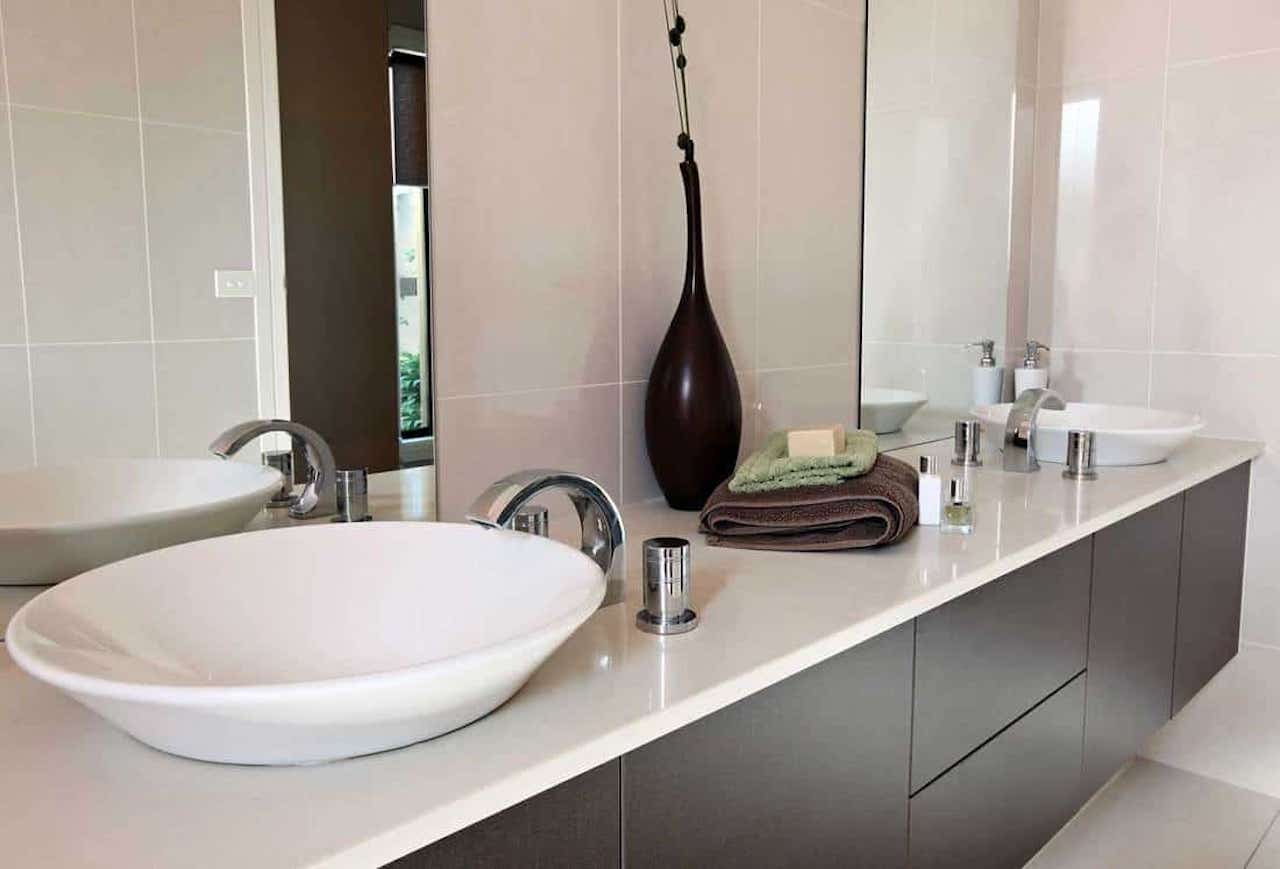

Bathroom Storage
Can You Paint Bathroom Countertops? Pro Painters Explain
Modified: February 24, 2024
Learn how to transform your bathroom countertops with a fresh coat of paint. Discover expert tips and techniques from professional painters. Enhance your bathroom storage with this easy DIY project.
(Many of the links in this article redirect to a specific reviewed product. Your purchase of these products through affiliate links helps to generate commission for Storables.com, at no extra cost. Learn more)
Introduction
Welcome to the world of bathroom transformations! Are you tired of looking at your outdated and worn-out bathroom countertops? Well, we have good news for you – you can give them a fresh, new look by painting them! That’s right, with just a few simple steps and the right materials, you can completely transform the appearance of your bathroom countertops and bring new life into your space.
In this article, we will explore the benefits of painting bathroom countertops, the preparation needed for a successful paint job, how to choose the right paint for the job, and the step-by-step process of painting your countertops. We will also provide some valuable tips and tricks from professional painters to help you achieve the best results.
So, if you’re ready to embark on a DIY project that will not only save you money but also give your bathroom a stunning facelift, let’s dive in and learn more about painting bathroom countertops!
Key Takeaways:
- Transform your bathroom on a budget by painting countertops. Enjoy endless design options, eco-friendly upcycling, and a quick, DIY process for a stunning, personalized space.
- Achieve professional results by choosing the right paint, proper preparation, and following expert tips. Embrace creativity, save money, and revitalize your bathroom with a fresh, new look.
Benefits of Painting Bathroom Countertops
Painting bathroom countertops comes with a multitude of benefits that are sure to improve the overall look and feel of your bathroom. Here are some of the key advantages:
- Cost-effective: One of the biggest advantages of painting your bathroom countertops is that it’s a cost-effective alternative to replacing them. If your countertops are structurally sound but just lack aesthetic appeal, painting them can save you a significant amount of money compared to installing new ones.
- Endless possibilities: When you choose to paint your bathroom countertops, you open yourself up to a world of design possibilities. With a wide range of paint colors available, you can choose a shade that complements your bathroom’s overall theme and enhances its style and ambiance. Whether you prefer a sleek and modern look or a rustic and cozy feel, painting allows you to achieve the desired effect.
- Quick and simple process: Painting bathroom countertops is a relatively quick and simple process that can be completed over a weekend. Unlike the hassle of demolishing old countertops and installing new ones, painting requires minimal time and effort. With the right preparation and materials, you can achieve a professional-looking finish without the need for extensive construction work.
- Customization: Another significant advantage of painting bathroom countertops is the ability to customize the look to your specific preferences. You can experiment with different paint techniques, such as faux marble or granite finishes, to mimic the appearance of high-end materials. Additionally, you can add decorative elements like stencils or metallic accents to create a personalized touch that reflects your unique style.
- Eco-friendly option: Instead of contributing to landfill waste by replacing your countertops, painting them offers an eco-friendly alternative. By upcycling your existing countertops, you reduce the demand for new materials and help minimize environmental impact.
As you can see, painting bathroom countertops offers an array of benefits, from cost savings to customization options. It’s a practical and creative solution to refresh the look of your bathroom without breaking the bank.
Preparation for Painting
Before diving into your bathroom countertop painting project, proper preparation is essential to ensure a smooth and long-lasting finish. Here are the key steps to follow:
- Clean and prime: Start by thoroughly cleaning your countertops to remove any dust, dirt, or grime. Use a mild detergent and warm water to scrub the surface. Once clean, allow the countertops to dry completely. Afterward, apply a quality primer specifically designed for painting countertops. This will provide a smooth base for the paint to adhere to and improve its longevity.
- Sand the surface: Depending on the material of your countertops, you may need to sand them lightly. This step is crucial for surfaces that are glossy or have a varnish. Sanding creates a rough texture, allowing the paint to adhere better. Use fine-grit sandpaper and sand in a circular motion. Be sure to wipe away any dust afterward.
- Mask off the area: To protect surrounding surfaces and fixtures, use painter’s tape to mask off the edges of your countertops. This will ensure clean lines and prevent any accidental paint splatters on areas you don’t want to be painted.
- Fill in any imperfections: Examine your countertops for any noticeable chips, scratches, or dents. Use a suitable filler or putty to repair these imperfections. Once filled, sand the patched areas to ensure they are smooth and level with the rest of the countertop surface.
- Apply a base coat: Before applying the final color, it’s recommended to use a base coat. This is particularly important if you’re painting a darker color over a lighter countertop. The base coat helps to hide the original color and provides a better surface for the top coat to adhere to. Follow the manufacturer’s instructions for the drying time before proceeding.
By properly preparing your bathroom countertops, you create an ideal foundation for the paint to adhere to, resulting in a more durable and professional finish. Take your time with these preparation steps, as they are crucial to the success of your painting project.
Choosing the Right Paint
Choosing the right paint for your bathroom countertop is crucial for achieving a beautiful and long-lasting finish. Here are some factors to consider when selecting the paint:
- Countertop material: Different countertop materials require different types of paint. For laminate or Formica countertops, look for a high-quality acrylic paint designed specifically for surfaces that receive high traffic and moisture, such as a countertop paint kit. For natural stone or granite countertops, opt for a paint specially formulated for these materials.
- Waterproof and durable: Bathrooms are prone to moisture and frequent use, so it’s essential to choose a paint that is waterproof and durable. Look for a paint that is specifically labeled as moisture-resistant and can withstand exposure to water without bubbling, peeling, or fading over time. Additionally, consider a paint with a satin or semi-gloss finish, as it is easier to clean and more resistant to stains.
- Color selection: When it comes to color, consider the overall aesthetic of your bathroom. Choose a paint color that complements the existing decor and adds a touch of visual appeal. Lighter colors can help create a spacious and airy feel, while darker shades can add drama and contrast. It’s also worth considering the lighting in your bathroom, as it can affect how the paint color appears.
- Quality of paint: As with any painting project, investing in a high-quality paint will yield better results. Look for a reputable brand that offers paint specifically formulated for countertops. These paints often have added features such as stain resistance and superior adhesion to ensure a long-lasting finish. Read reviews and ask for recommendations from professionals or experienced DIYers.
- Application method: Consider the application method that suits your preferences and skill level. Some paints may require multiple coats or specific techniques to achieve the desired effect. Consult the manufacturer’s instructions and choose a paint that aligns with your comfort level and the time you can commit to the project.
Remember, choosing the right paint is crucial for the success of your bathroom countertop painting project. Take your time to research and select a paint that meets the specific requirements of your countertop material and provides the durability and look you desire.
Yes, you can paint bathroom countertops. Make sure to clean and sand the surface thoroughly before applying a high-quality primer and paint specifically designed for countertops. Finish with a clear sealant for added durability.
Steps for Painting Bathroom Countertops
Now that you have prepared your bathroom countertops and chosen the right paint, it’s time to dive into the painting process. Follow these steps to achieve a professional-looking finish:
- Step 1: Tape off the surrounding areas: Use painter’s tape to protect the walls, sink, and any other adjacent surfaces. This will ensure clean lines and prevent any accidental paint splatters.
- Step 2: Apply the primer: Using a high-quality primer, apply a thin and even coat to the countertops. Use a brush or roller, depending on the size of the surface. Follow the manufacturer’s instructions for drying time.
- Step 3: Sand the primer: Once the primer is dry, lightly sand the surface with fine-grit sandpaper. This will help create a smooth surface for the paint to adhere to and remove any imperfections.
- Step 4: Apply the base coat: If you have chosen to use a base coat, apply it evenly over the primed surface. Use long, even strokes and make sure the coverage is consistent. Allow the base coat to dry completely.
- Step 5: Apply the top coat: Now it’s time to apply the main color coat. Using a brush or roller, apply the paint evenly in smooth, overlapping strokes. Work in small sections and maintain a wet edge to avoid visible brush or roller lines. Apply multiple thin coats for better coverage and allow each coat to dry before applying the next one.
- Step 6: Add decorative elements (optional): If you wish to add decorative elements like stencils or metallic accents, this is the time to do so. Use painter’s tape to secure the stencil in place and carefully apply paint or metallic finishes to create your desired design.
- Step 7: Allow for proper drying and curing time: Once you have achieved the desired coverage and finish, allow the paint to dry according to the manufacturer’s instructions. Additionally, give the paint sufficient time to cure before resuming regular use of the countertop.
- Step 8: Apply a protective sealer (optional): To further enhance the durability and longevity of your painted countertops, consider applying a clear protective sealer. This will provide an extra layer of protection against stains, moisture, and daily wear and tear. Follow the instructions on the sealer product for application and drying time.
Following these steps will guide you through the process of painting your bathroom countertops and help you achieve a flawless and professional finish. Remember to take your time, work in a well-ventilated area, and follow all safety precautions outlined by the paint manufacturer.
Tips and Tricks from Pro Painters
Painting bathroom countertops can be a DIY project, but it’s always helpful to learn from the experts. Here are some tips and tricks from professional painters to help you achieve the best results:
- Proper ventilation: Ensure that you have proper ventilation in the bathroom by opening windows or using fans. This will help the paint dry faster and reduce the strong odor that comes with painting.
- Use high-quality brushes and rollers: Invest in high-quality brushes and rollers to achieve a smooth and even finish. Cheap brushes may leave bristles behind, while low-quality rollers can create texture inconsistencies.
- Take your time with prep work: Properly preparing the countertops is crucial to ensure a successful paint job. Spend time cleaning, sanding, and filling in any imperfections before applying the primer and paint.
- Test paint samples: Before committing to a color, test a small section with paint samples. This will allow you to see how the color looks in your bathroom lighting and ensures you’re happy with the final result.
- Apply thin coats: It’s better to apply multiple thin coats of paint rather than one thick coat. This will result in a smoother finish and reduce the risk of drips or brush marks. Allow each coat to dry fully before applying the next one.
- Take care of your painted countertops: After painting, be mindful of how you care for your countertops. Avoid placing heavy objects, using abrasive cleaners, or cutting directly on the surface to prevent scratches or damage.
- Consider a faux finish: If you want to achieve the appearance of expensive materials like marble or granite, consider using a faux finish technique. This involves layering different paint colors and using tools to create the desired texture and pattern.
- Protect the painted surface: To protect your painted countertops from moisture and stains, use coasters for drinks, avoid placing wet items directly on the surface, and regularly clean with mild soap and water.
- Don’t rush the curing process: Allow the paint ample time to cure before using the countertops regularly. Follow the manufacturer’s instructions for the recommended curing time, as this ensures the paint fully hardens and becomes durable.
By following these tips from professional painters, you can enhance your DIY painting skills and achieve a stunning transformation of your bathroom countertops. Remember, practice makes perfect, so don’t be discouraged if your first attempt isn’t flawless. The more you paint, the better you’ll become!
Frequently Asked Questions
Here are some commonly asked questions about painting bathroom countertops:
- Can I paint any type of countertop?
- Do I need to remove the sink before painting the countertop?
- How long does the paint typically last on bathroom countertops?
- Can I use the painted countertops immediately after painting?
- How do I clean and maintain painted bathroom countertops?
- Can I repaint my bathroom countertops if I don’t like the color?
Most countertop materials can be painted, including laminate, Formica, wood, and even some natural stone surfaces. However, it’s important to choose the appropriate paint and follow the proper preparation and application techniques for each specific material.
In most cases, you do not need to remove the sink before painting the countertop. You can simply tape around the edges of the sink to protect it from paint. However, if you have an undermount sink or if you prefer to remove it for easier access, it may be necessary to detach the sink beforehand.
The durability of the painted finish can vary depending on factors such as the type of paint used, the quality of the application, and the level of wear and tear on the countertop. With proper preparation and maintenance, a good paint job can last several years before needing touch-ups or repainting.
It’s best to allow the paint to fully dry and cure before using the countertops regularly. Follow the manufacturer’s instructions for the recommended drying and curing time, as this ensures that the paint hardens and becomes durable. Rushing the process may result in damage to the painted surface.
For regular cleaning, use a mild soap and water solution or a non-abrasive cleaner. Avoid using harsh chemicals or abrasive scrub brushes, as they can damage the painted surface. Wipe up spills promptly and use coasters or trivets to protect the painted countertop from heat and moisture.
Yes, you can repaint your bathroom countertops if you want to change the color or if the existing paint is chipping or wearing off. Simply follow the proper preparation steps to remove the old paint, prime the surface, and apply the new paint color of your choice.
These are just a few of the most commonly asked questions about painting bathroom countertops. If you have any specific concerns or queries, it’s always best to consult with professionals or experts in the field.
Conclusion
Painting bathroom countertops is a cost-effective and creative way to transform the look of your bathroom without the expense and hassle of replacing them. With the right preparation, paint selection, and application techniques, you can achieve beautiful and durable results that will breathe new life into your space.
We discussed the benefits of painting bathroom countertops, including the cost savings, endless design possibilities, and eco-friendly aspect of upcycling. Proper preparation is key to a successful project, involving cleaning, priming, sanding, and filling any imperfections. Choosing the right paint that is waterproof, durable, and suitable for your countertop material is crucial for a long-lasting finish.
We provided a step-by-step guide, highlighting the importance of thorough priming, base coating (if desired), and applying multiple thin coats of the chosen paint color. We also shared tips and tricks from professional painters, such as using high-quality brushes and rollers, properly ventilating the area, and protecting the painted surface for longevity.
We addressed common concerns through frequently asked questions, including the types of countertops that can be painted, the need to remove the sink, the lifespan of painted countertops, and proper cleaning and maintenance techniques.
In conclusion, painting bathroom countertops is a DIY project that can yield incredible results. It allows you to unleash your creativity, customize your bathroom, and save money in the process. By following the steps, tips, and advice provided, you can confidently take on this project and enjoy a fresh, updated look for your bathroom countertops.
So, don’t be afraid to pick up that brush and let your imagination run wild. Transform your bathroom into a space that reflects your personal style, all while enjoying the satisfaction of a job well done.
Frequently Asked Questions about Can You Paint Bathroom Countertops? Pro Painters Explain
Was this page helpful?
At Storables.com, we guarantee accurate and reliable information. Our content, validated by Expert Board Contributors, is crafted following stringent Editorial Policies. We're committed to providing you with well-researched, expert-backed insights for all your informational needs.
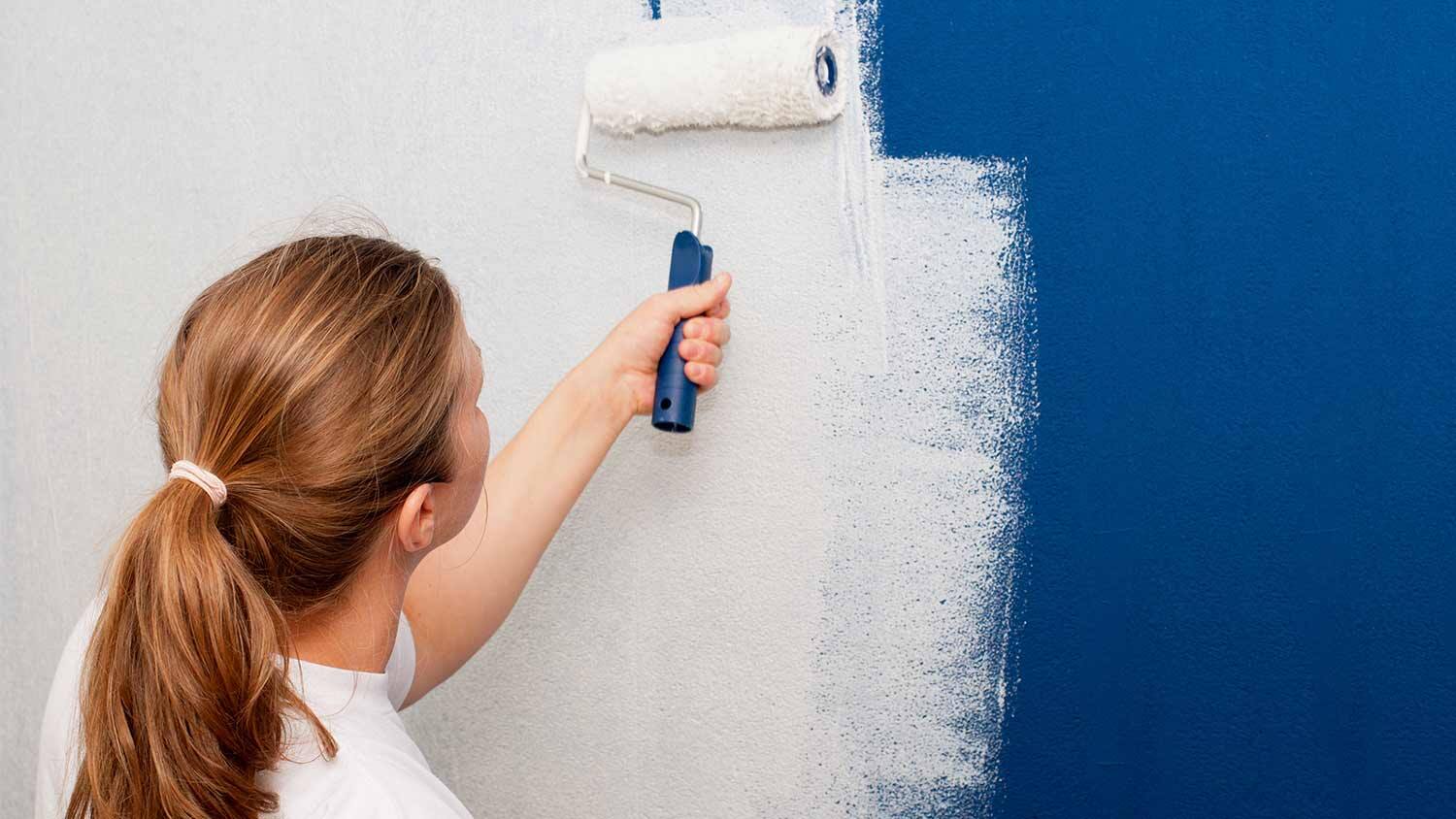
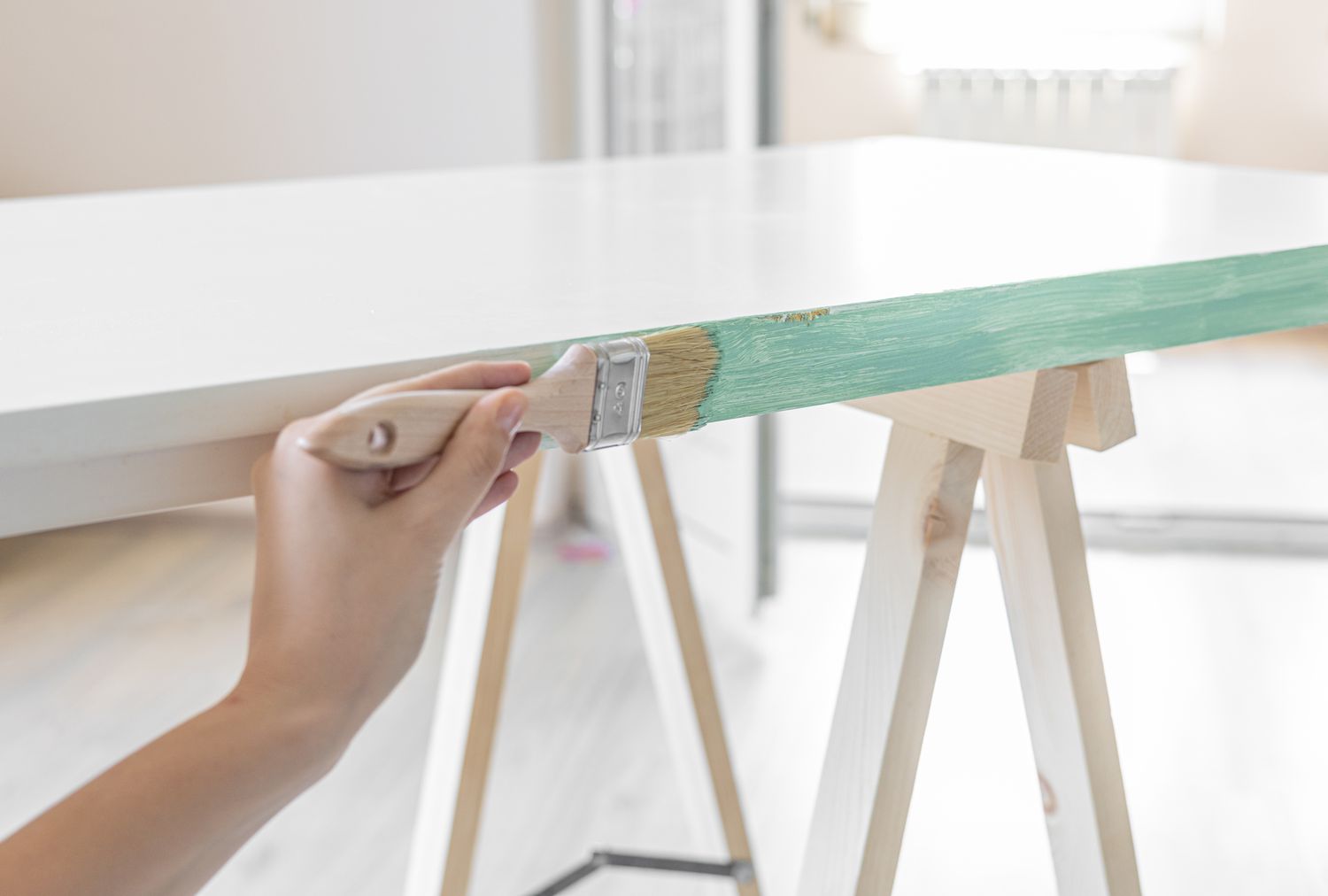
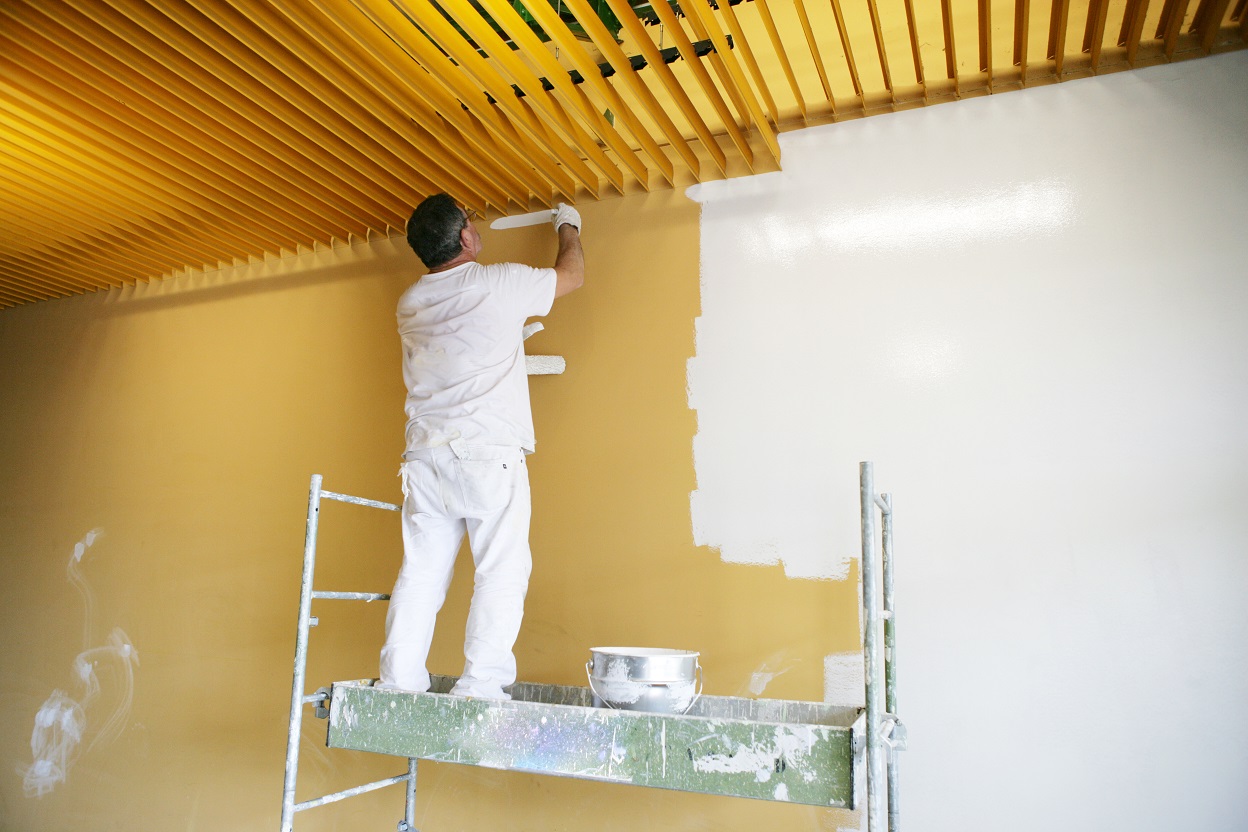
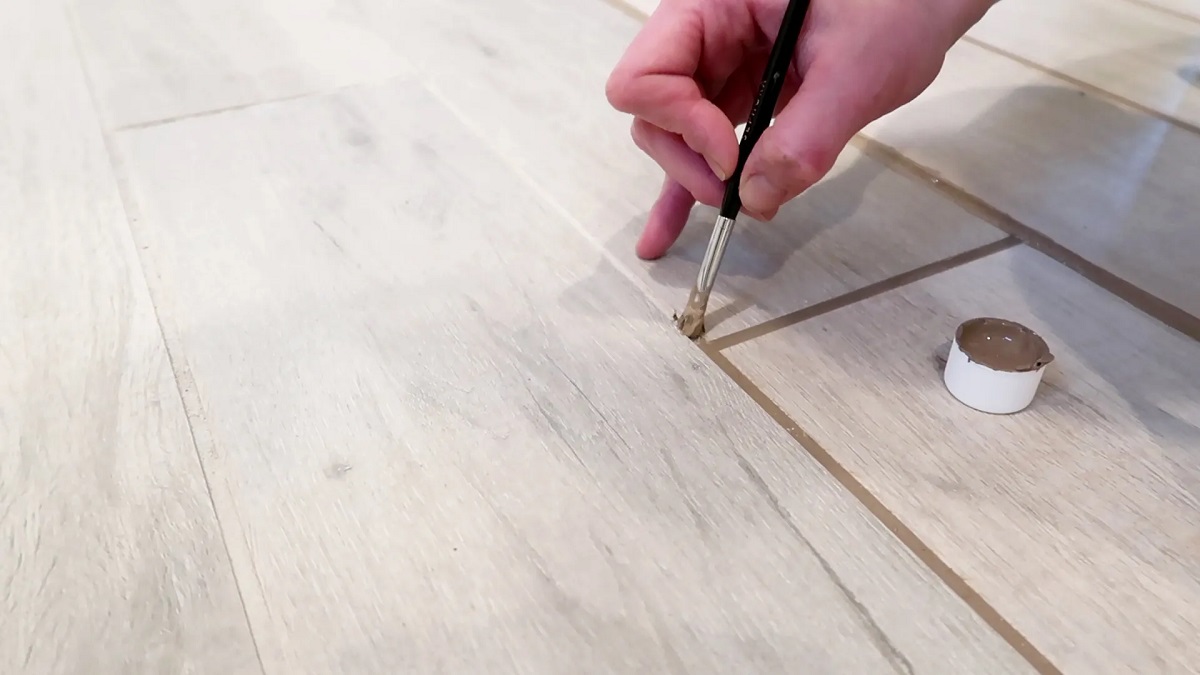
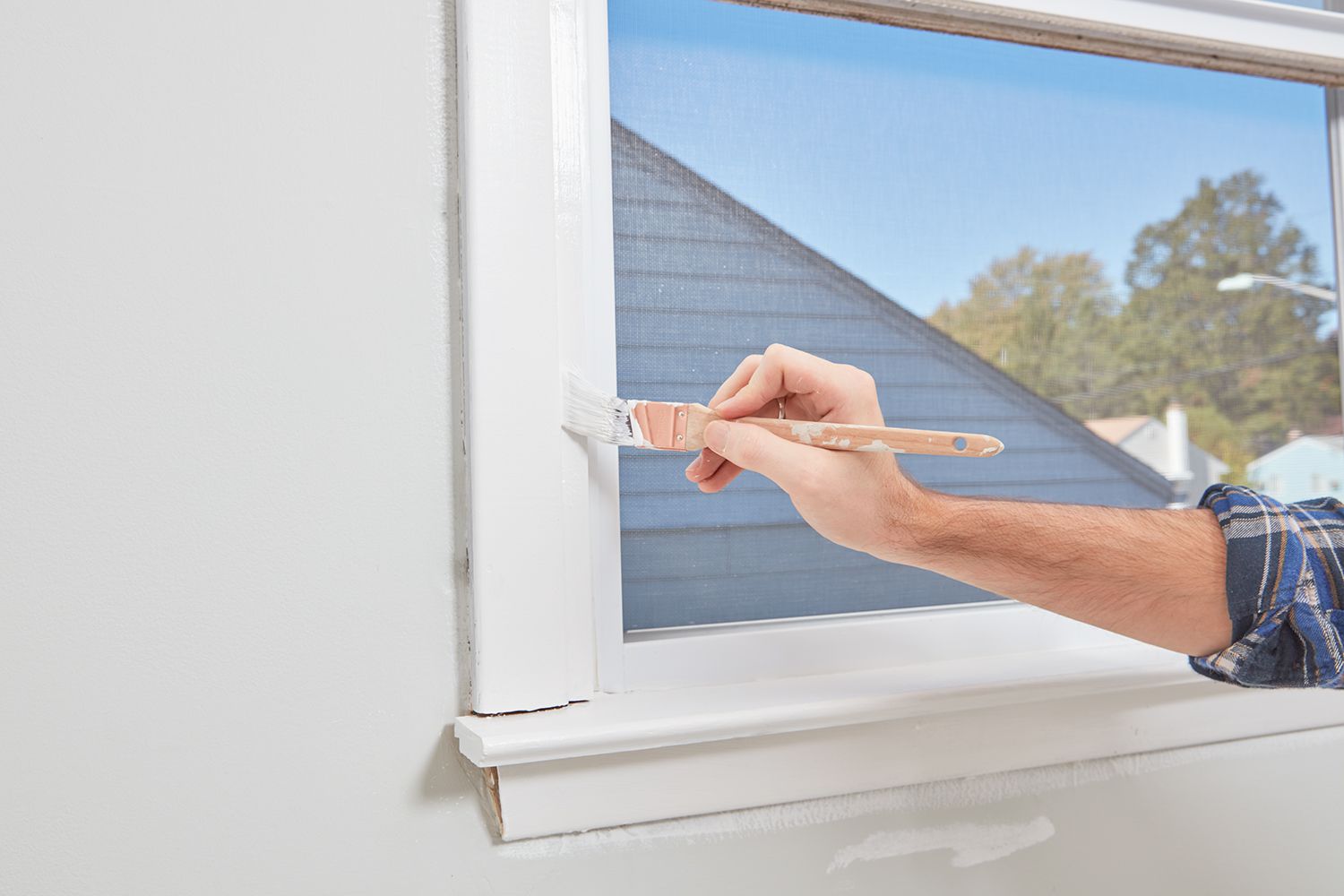
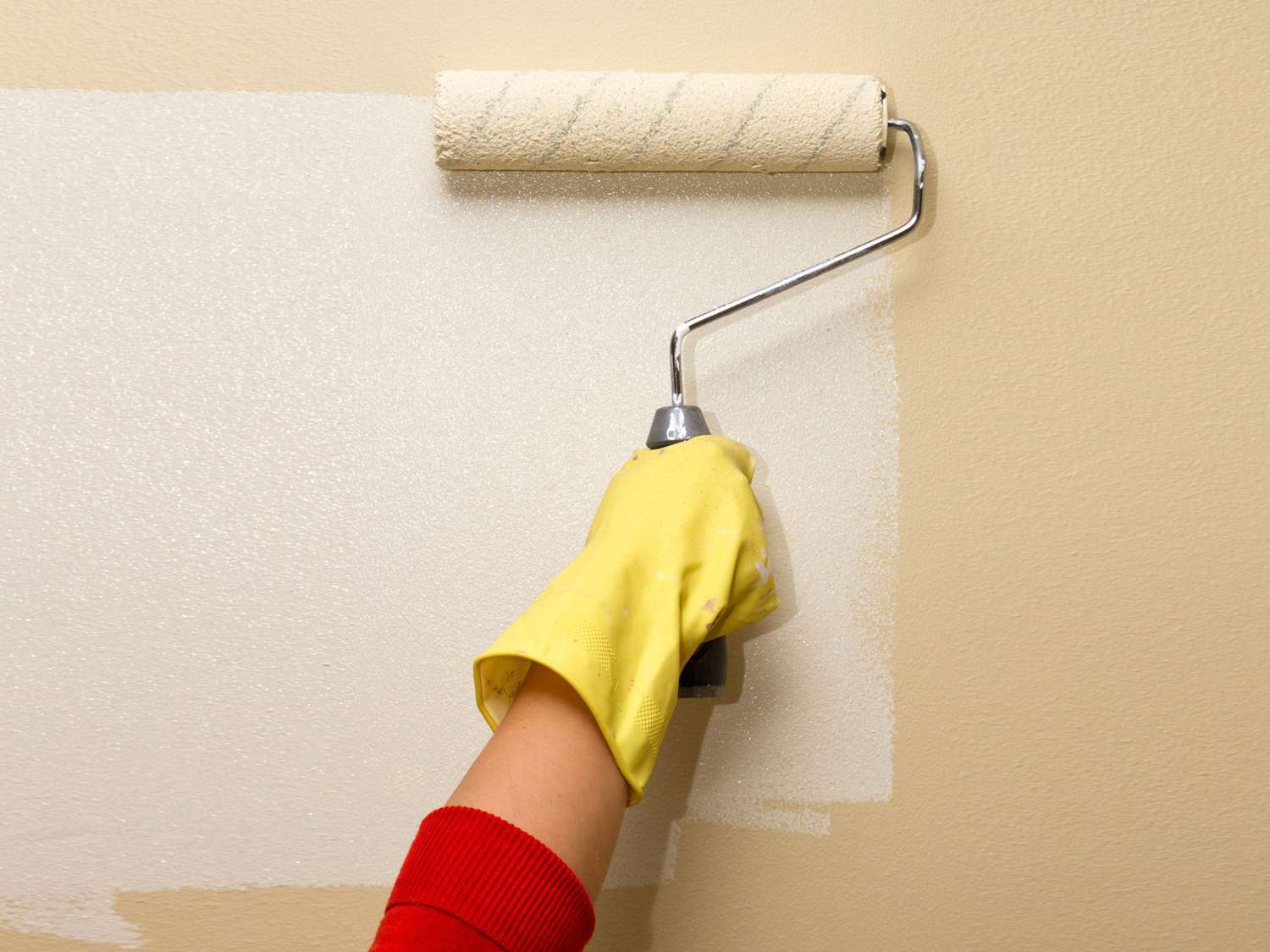
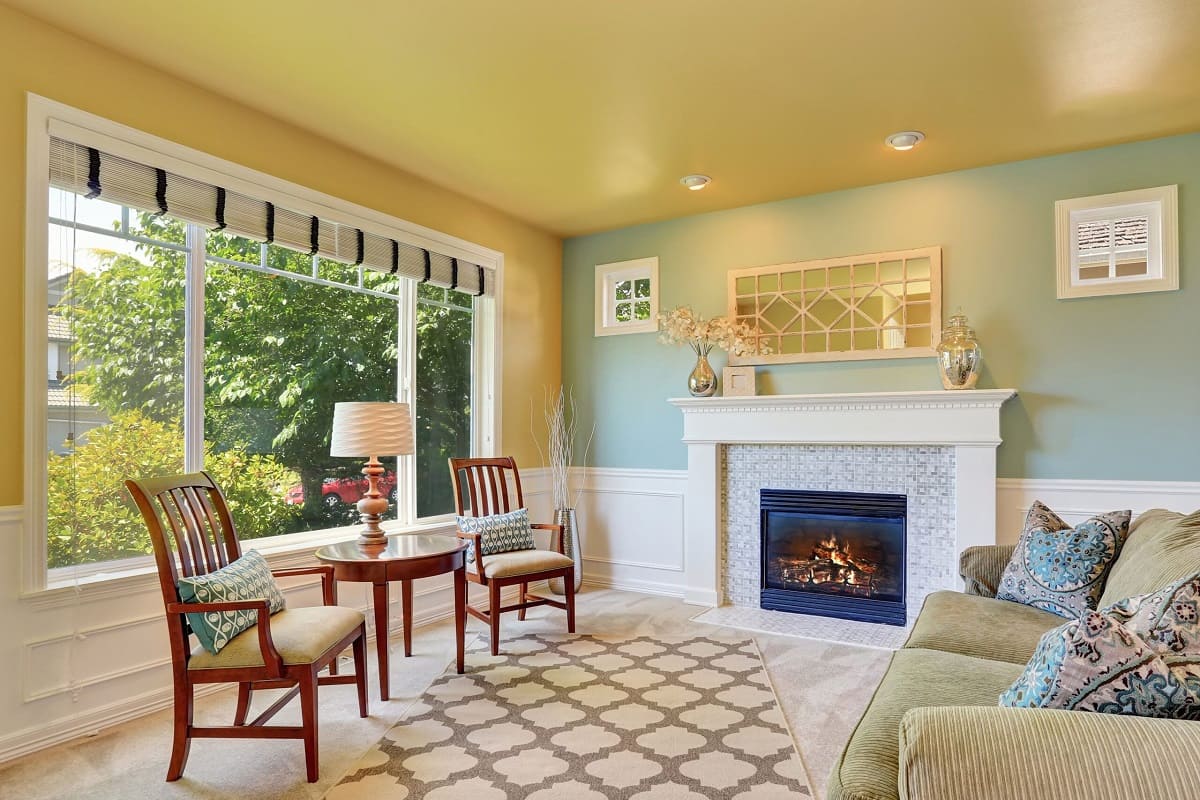
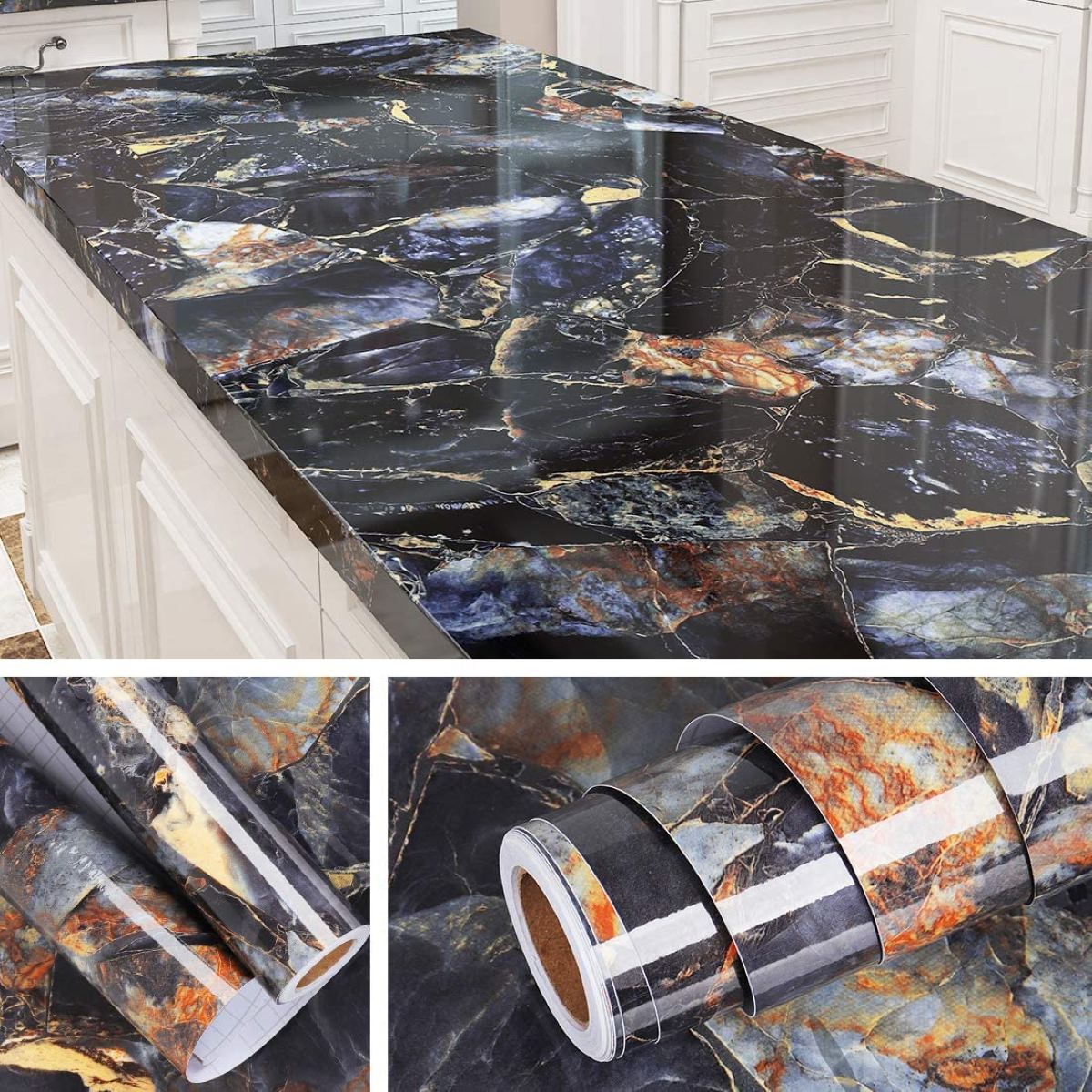
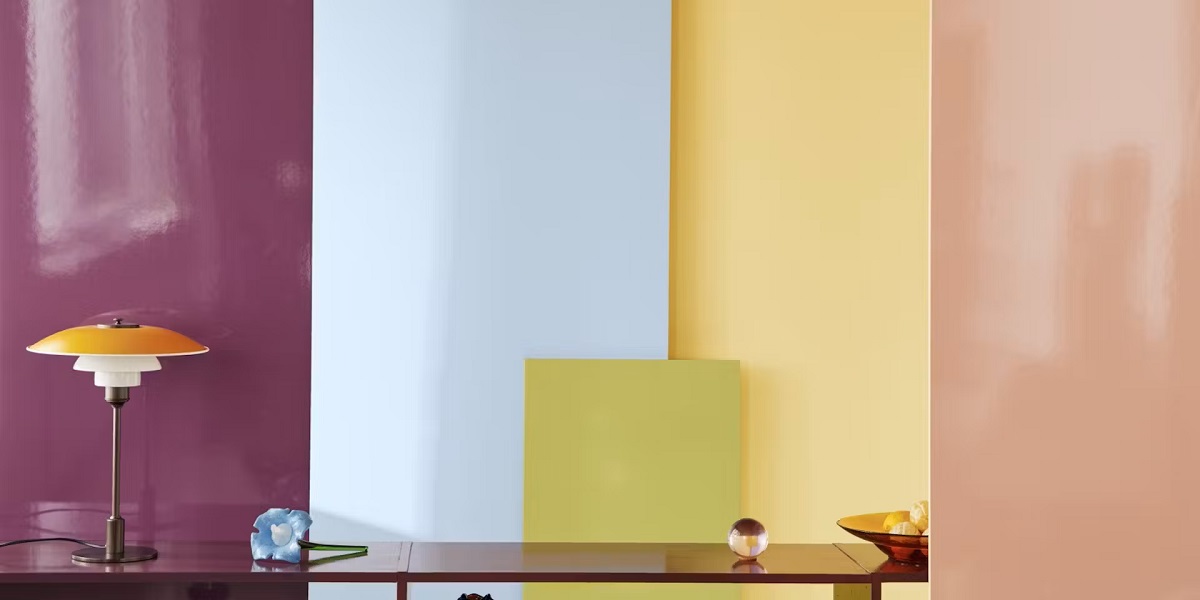
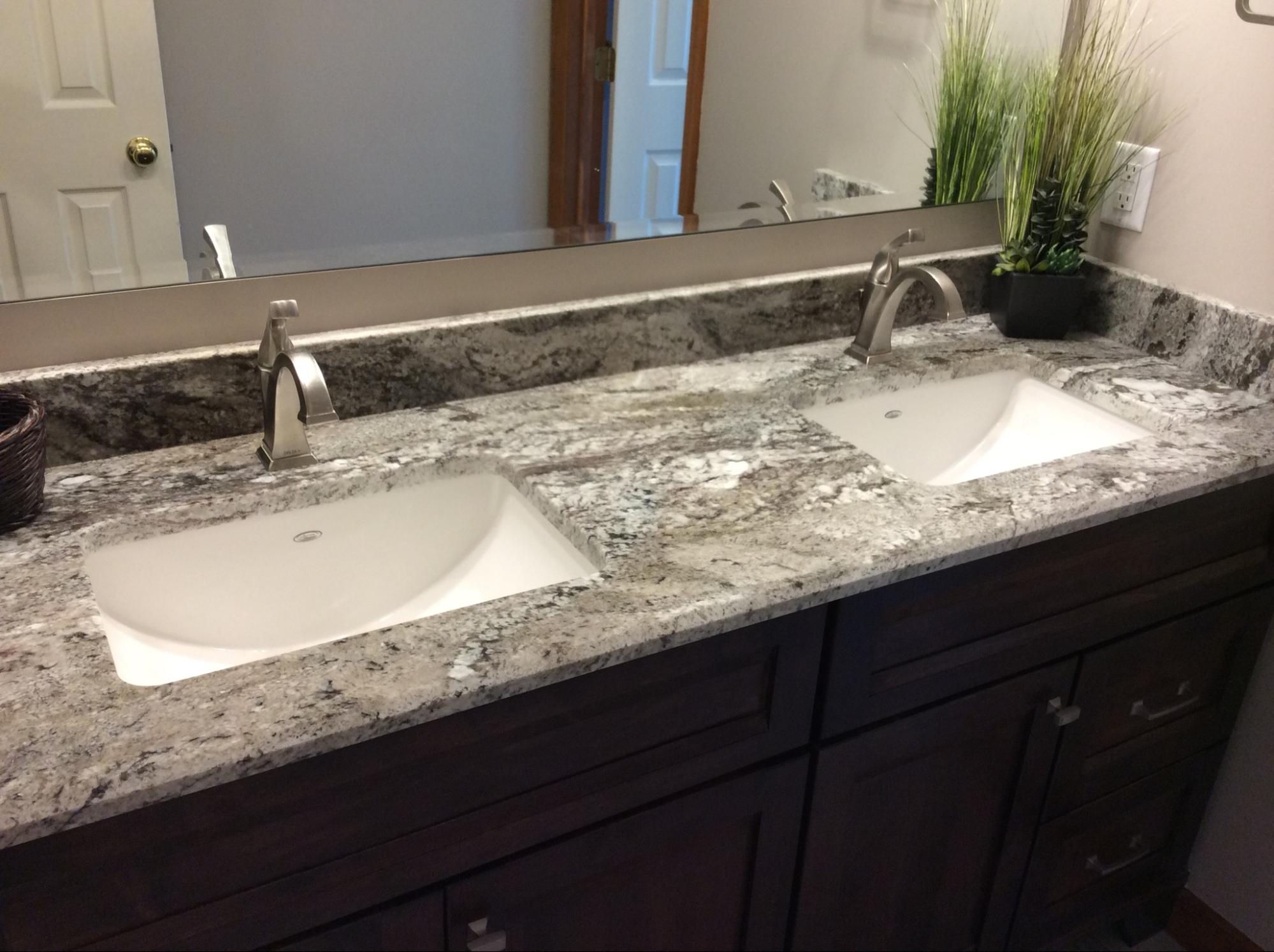
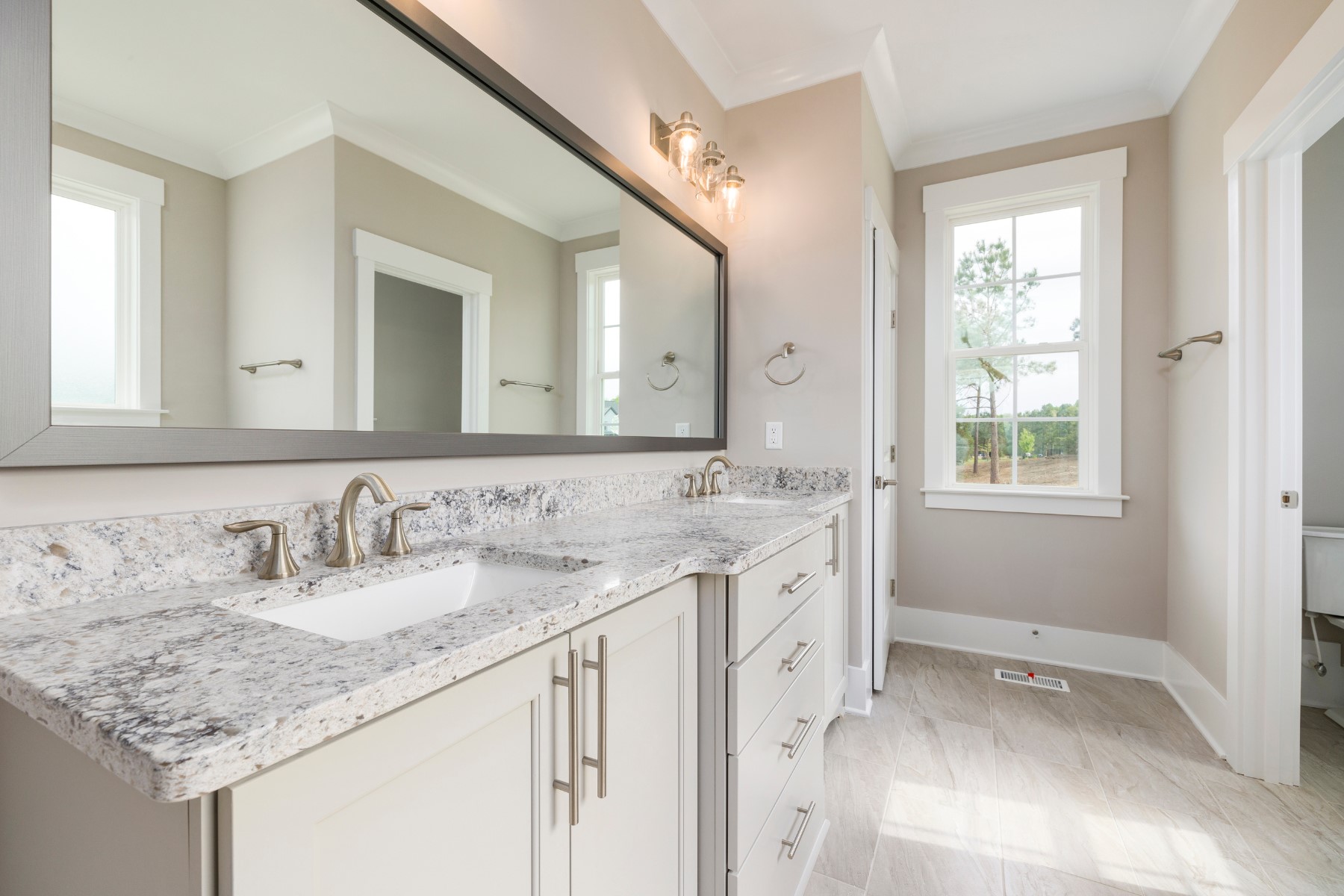

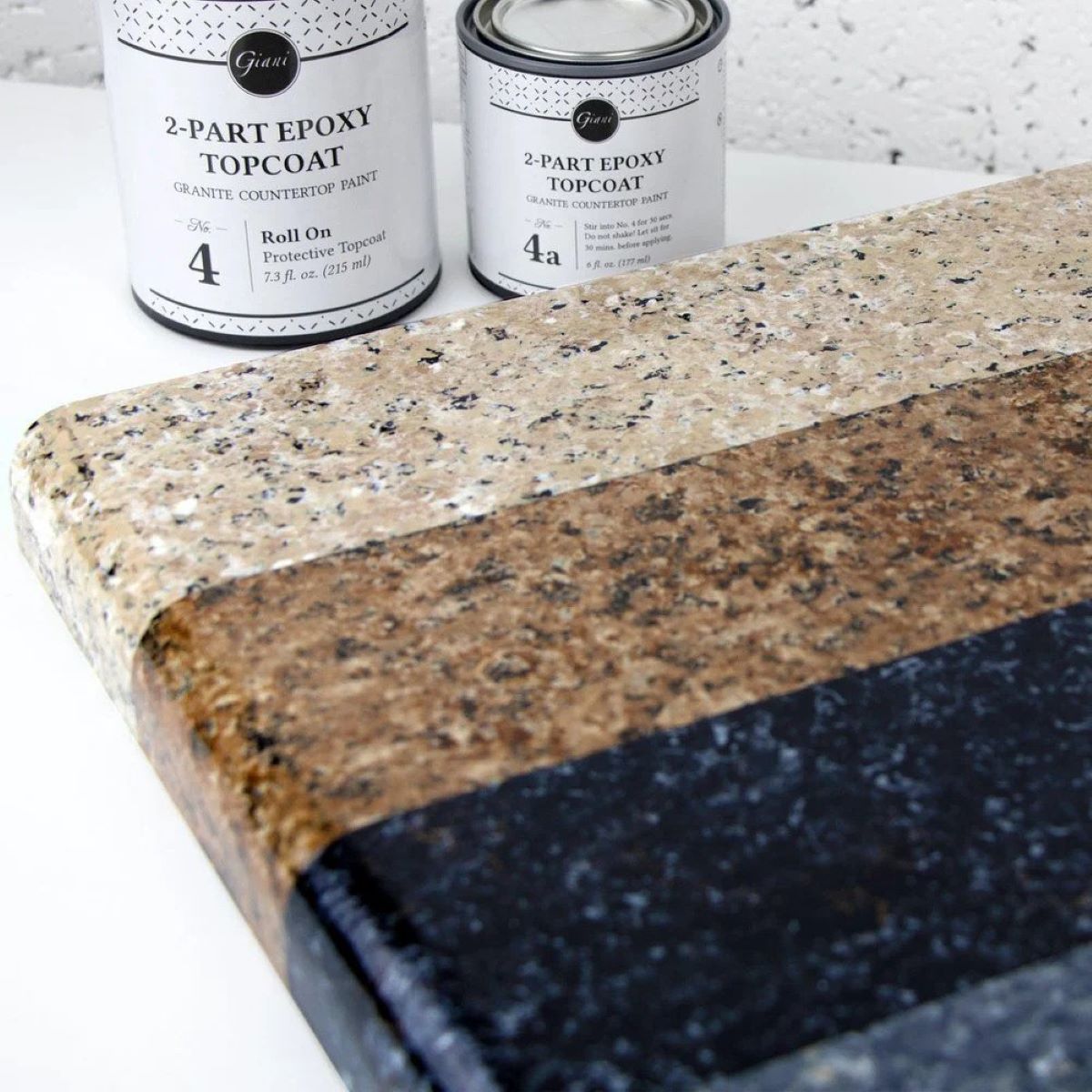
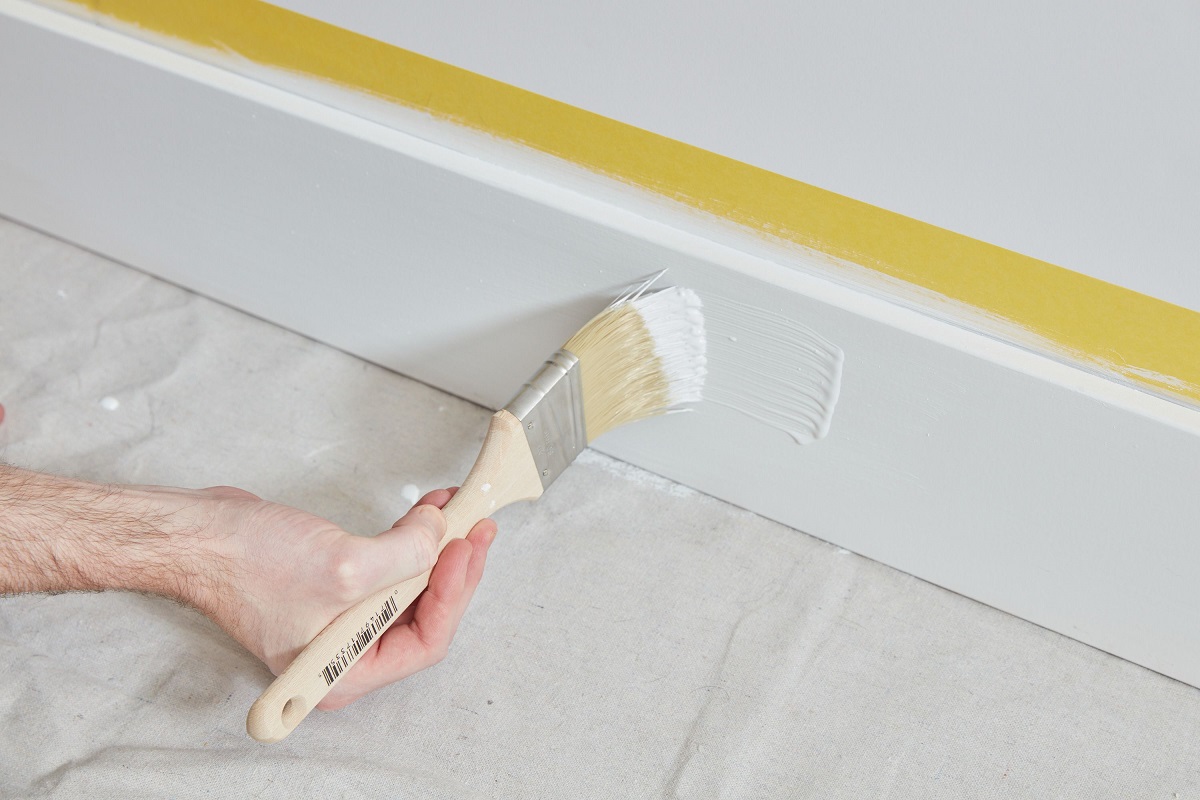

0 thoughts on “Can You Paint Bathroom Countertops? Pro Painters Explain”